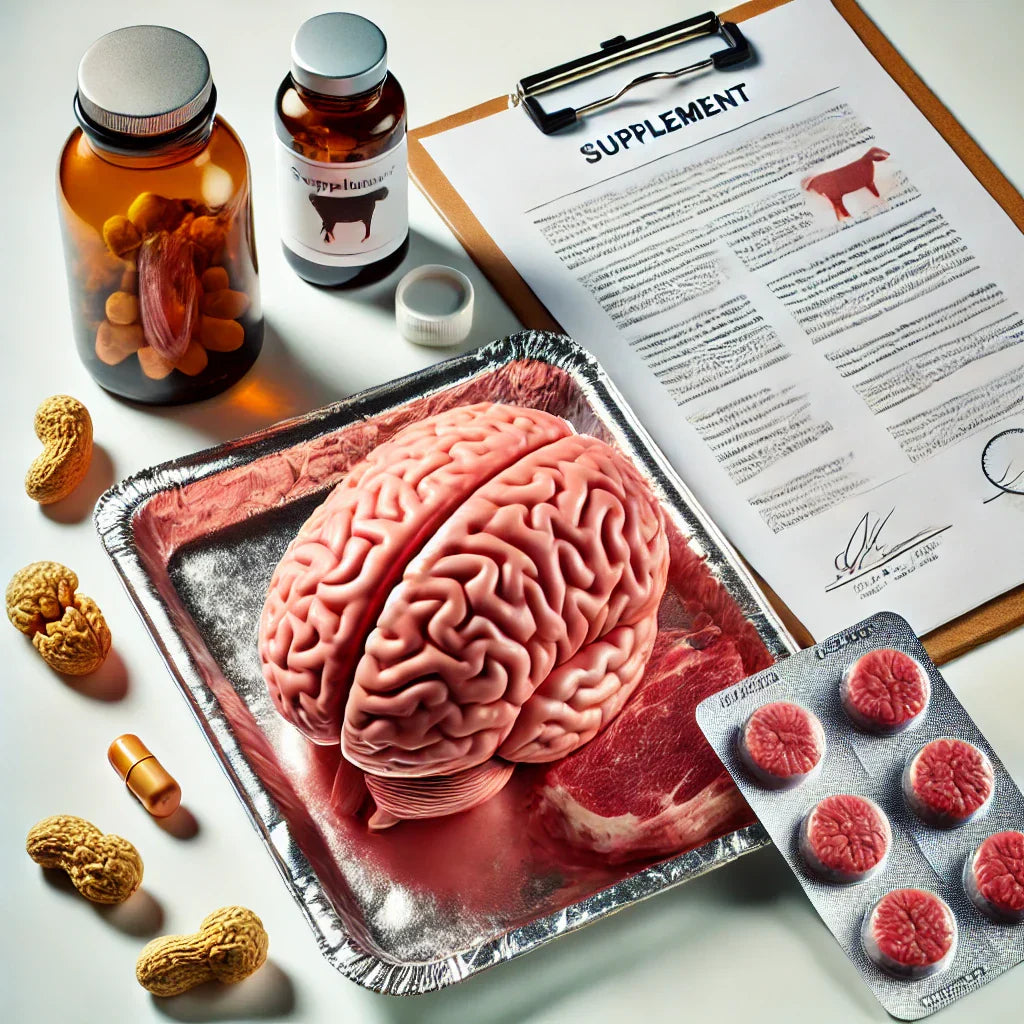News — LongLifeNutri brain support
Variant CJD and Mad Cow Disease: Understanding the Risks and Link
brain deterioration brain health support BSE in humans cognitive supplements foodborne illness longlifenutri brain support mad cow disease mad cow human transmission mad cow outbreak mad cow prevention meat safety neurodegenerative disorders neurological decline prion diseases prion research RT-QuIC test variant CJD vCJD cure vCJD diagnosis vCJD symptoms
When news of Mad Cow Disease broke in the late 20th century, it sent waves of panic through the public and scientific communities alike. At the center of the concern was its human counterpart—Variant Creutzfeldt-Jakob Disease (vCJD), a rare but deadly neurodegenerative condition linked to the consumption of infected beef. Though rare, vCJD has profound implications for food safety, brain health, and how prion diseases are understood and managed.
This article unpacks the complex relationship between Bovine Spongiform Encephalopathy (BSE), better known as Mad Cow Disease, and vCJD. We’ll explore how these diseases are transmitted, the symptoms to watch for, and what current science tells us about long-term risks. With clarity and care, we aim to equip you with the facts—without sensationalism—so you can stay informed and empowered.
Managing Balance and Eye Problems in Progressive Supranuclear Palsy (PSP)
brainstem disorders eye coordination problems fall prevention PSP LongLifeNutri brain support managing PSP neurodegenerative disease neurological conditions progressive supranuclear palsy PSP balance problems PSP caregiver tips PSP diagnosis PSP eye movement PSP nutrition support PSP physical therapy PSP supplements PSP symptoms PSP treatment PSP vertical gaze palsy PSP vision therapy visual impairments in PSP
Progressive Supranuclear Palsy (PSP) is a rare neurodegenerative disorder that often mimics Parkinson’s disease in its early stages but brings its own unique set of challenges—particularly related to balance and eye movement. People with PSP may experience frequent falls, difficulty looking up or down, and blurred or double vision. These symptoms not only affect mobility but also independence, safety, and overall quality of life.
Understanding how PSP impacts balance and eye coordination is the first step toward improving symptom management. While there is currently no cure, targeted therapies, practical adaptations, and nutritional support can help slow progression and enhance daily functioning. In this comprehensive guide, we’ll explore the causes behind PSP-related motor and visual issues and offer actionable solutions to help patients and caregivers alike navigate the condition with greater confidence.


